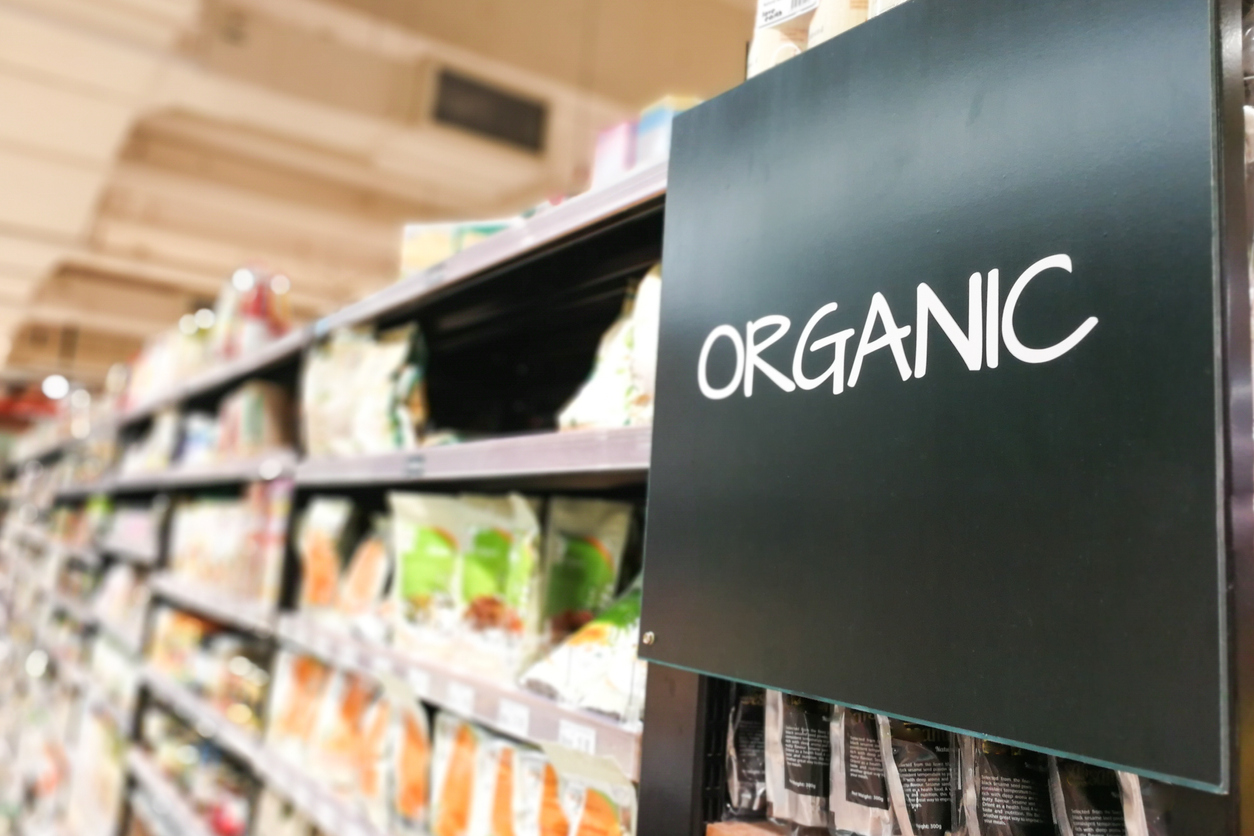A Quick Guide To Organic Labels: What Are USDA Organic Regulations?
For most consumers, food choices go far beyond the nutrition facts and labels.
Food is a reflection of our values and the ways in which we move through the world. We use food to connect to our bodies, to the traditions that raised us, and to the environment from which food itself comes.
Food labels provide transparency to customers and allow them to make informed eating decisions that match their lifestyles and personal values. While there are a wide variety of food labels (and plenty to say about each), today we’re going to focus on the coveted “organic” label, which is regulated by the United States Department of Agriculture (USDA) and considered the gold standard when it comes to food labels in the United States.
What Is The Organic Movement?
Before we get into the specifics of the USDA rules and regulations around organic labels, let’s consider the history of the movement that led to the label’s creation and development in the first place.
While the term “organic farming”—which refers to an approach to agriculture that looks at the farm itself like an organism: well-balanced in nature and holistic— didn’t join the agricultural lexicon of North America and Europe until the 1940’s, the roots of the organic movement date back to the early 1900s when farmers rebelled against the pesticides and synthetic fertilizers that rose to become standard during the industrial revolution.
Groups of farmers from across Europe and the U.S. joined to push the ideas of the organic movement forward. By 1972, the International Federation of Organic Agriculture Movements (IFOAM) was founded. Coalitions like these ultimately led nations and political unions to develop governmental guidelines for organic foods. In 1990, the United States passed the Organic Foods Production Act of 1990, which required the USDA to develop these standards—many of which are still in place today.
By the early 2000s, the market for organic food had exploded. After a century of industrial progression and the food manufacturing revolution, consumers were rightfully absorbed by the desire to return to a more natural (dare we say “organic”) food solution.
And now, companies like ours pay close attention to the rules and regulations set by the USDA. We can help you develop a product that meets USDA requirements, granting your customers the information they need to give you their business.
What Constitutes an Organic Product?
USDA organic regulations are, admittedly, arduous. If you would like to dig into the nitty gritty, here is some of the government documentation.
To put it plainly, we’ve pulled a statement straight from the USDA’s website on what constitutes as “organic” in the United States:
“Organic products must be produced using agricultural production practices that foster resource cycling, promote ecological balance, maintain and improve soil and water quality, minimize the use of synthetic materials, and conserve biodiversity. Products must be:
- Overseen by a USDA NOP-authorized certifying agent, following all USDA organic regulations
- Produced without excluded or prohibited methods, (e.g., genetic engineering, ionizing radiation, or sewage sludge)
- Produced using allowed substances”
Effectively, your products need to be sustainably developed and support a healthy natural environment. Plants need to be grown without synthetic materials (like pesticides and fertilizers) or contamination (sewage sludge); animals must be raised on organic food themselves, can’t be given hormones to make them grow faster, and are required to have access to the outdoors; GMOs are not allowed; and your company will be monitored by the government to ensure that these standards are met.
Who Enforces Organic Product Regulation?
As you’ve probably noticed, the United States Department of Agriculture (USDA) is responsible for organic label certification and regulation.
More broadly, the USDA is responsible for federal regulations relating to food, forestry, rural economic development, and farming. They handle a huge variety of work, from food assistance programs to supporting animal welfare.
The Difference Between USDA vs. FDA
The USDA isn’t to be confused with the US Food and Drug Administration (FDA). The purpose of the USDA is to support the entire agricultural economy and “provide a safe, sufficient, and nutritious food supply for the American people.”
Meanwhile, the purpose of the FDA is to, “[ensure] the safety, efficacy, and security of human and veterinary drugs, biological products, and medical devices; and by ensuring the safety of our nation’s food supply, cosmetics, and products that emit radiation.”
These organizations are similar in that they protect consumers, and they ensure that companies do the same. The biggest difference, when it comes to food, is that the USDA focuses on the regulation of meat, poultry, and eggs, while the FDA focuses on everything else. There’s definitely some overlap, but these two arms of the government are in charge of monitoring the products we buy (food or otherwise).
Within the scope of the USDA, smaller programs and organizations manage the rules, regulations, and enforcement of standards.
The National Organic Program, for example, is the federal regulatory program that develops and enforces organic standards. Then there’s the National Organic Standards Board (NOSB), which is an advisory board of 15 volunteers from the organic community who consider and make recommendations on organic products and their production. These organizations are guided by legislation like the Organic Foods Production Act (OFPA) and the Federal Advisory Committee Act (FACA).
The Organic Label For Your Product
For many producers, having the organic stamp of approval on their labeling is vital, especially when entering the clean food and beverage market. For certain health-focused products, going without this label could affect your product’s success. Fortunately, we have the resources to support you and your product from ideation to manufacturing. Plus, with the organic market estimated to become worth more than $272 billion by 2027, it could be the best business decision you make to make the switch now.
There are individual health benefits to eating organic, too. It can reduce an individual’s intake of pesticides, for example, which has led to more demand in the market overall.
We know how important properly maneuvering these rules and regulations are to the value of your brand, and we have your brand’s best interest in mind. Together, we can develop a product that is excellent for your customers and carries that coveted USDA Organic label. Talk to our team today to learn more about this process and how we can partner with you and your team to create your ideal product.
Flavor Insights believes this information to be correct. No warranty, guarantee, or representation is given or made in respect to the information provided. Flavor Insights is not in a position to validate the actual production or labeling of products. Flavor Insights recommends that all finished product labeling be reviewed by legal counsel, and finished product and label claim testing be confirmed to ensure product label accuracy.



